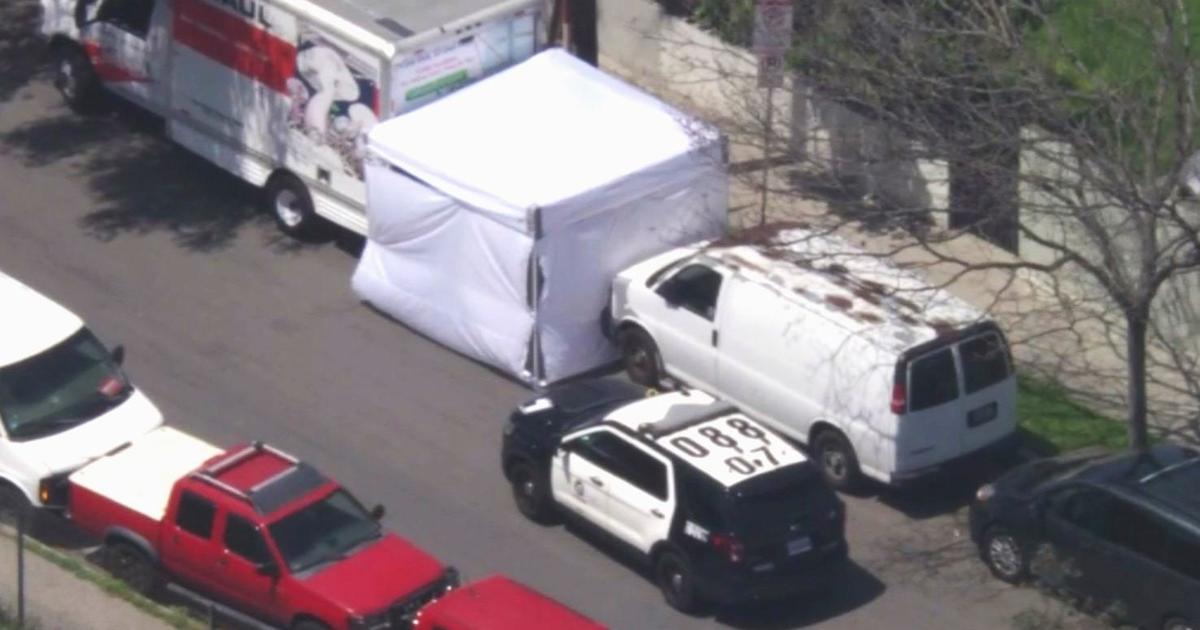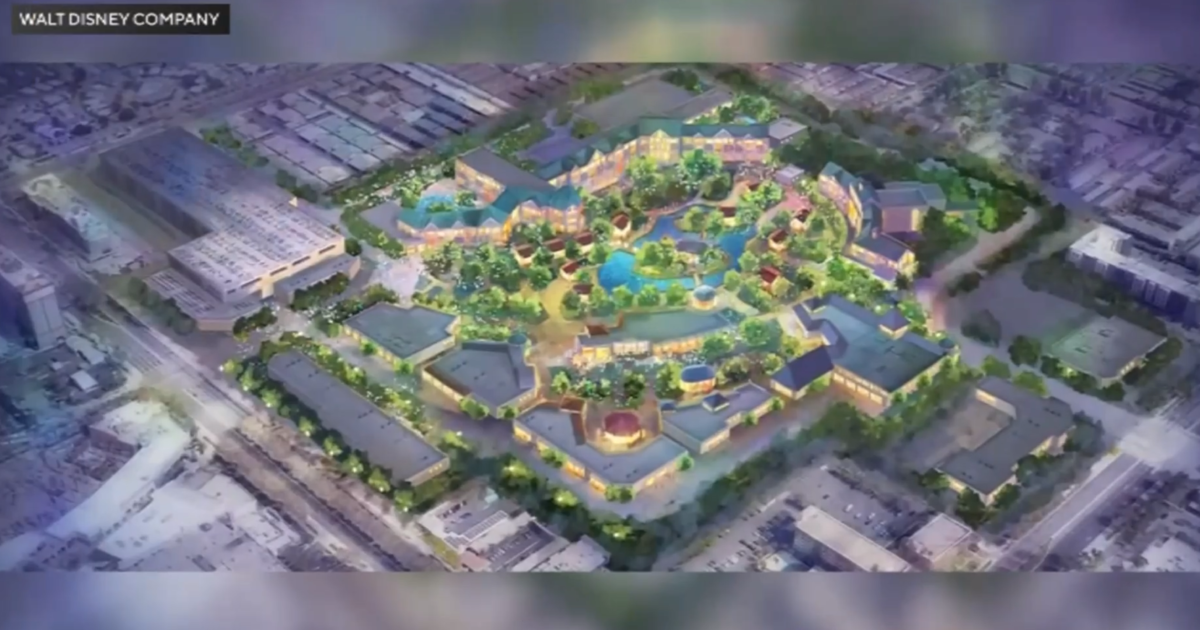Air Quality Regulators Vote 3-2 On Plan To Reopen Torrance ExxonMobil Refinery
TORRANCE (CBSLA.com) — The South Coast Air Quality Management District voted 3-2 on Saturday to reopen the ExxonMobil refinery in Torrance that was damaged by an explosion last year, hampering Southland fuel production and contributing to gas price increases.
The plan for restarting the damaged facility is expected to result in excessive emission of carbon dioxide and other pollutants, as a result of an altered start-up procedure "necessary to improve the safety of their operations."
The hearing was packed with nearby residents, some of whom expressed concerns about higher-than-normal emissions.
"I'd love to see the refinery shut down," said one South Bay resident.
"I'm very concerned about the pollution that could occur," said another.
AQMD documents indicate the refinery "is not currently in violation of district rules" or its operating permit, but the restart of the damaged unit "is expected to result in a violation of district rules and the facility's existing Title V permit conditions."
The refinery has as many as 500 employees and 600 contractors, many of whom attended Saturday's meeting.
"They should get hazard pay during the time of excess pollution and their hours should be limited so they're not exposed to particulate matter," said one attendee.
According to KCAL9's Erica Nochlin, the AQMD voted 3-2 in favor of allowing the ExxonMobile refinery to reopen.
She also reported the refinery could be back on line within three weeks.
ExxonMobil officials said the company "has been working cooperatively with South Coast Air Quality Management District staff on a restart plan that enhances community safety, protects the environment and supports the economy."
"We have installed new safety equipment and updated our process safety management procedures for restarting and resuming full operations," according to the company. "The stringent conditions associated with startup are designed to minimize the impact to the community and the environment. Our restart procedures have been thoroughly evaluated by the AQMD and are consistent with the U.S. Environmental Protection Agency's Refinery Sector Rule and other relevant regulations."
The refinery has been out of operation since the blast last February.
The facility was sold to New Jersey-based oil refining company PBF Energy in September. The $527.5 million deal is expected to close in the second quarter of 2016.
The deal, subject to "customary closing conditions and regulatory approvals," will also not be closed until the refinery is "restored to full working order," according to PBF Energy.
The 750-acre refinery has a capacity of 155,000 barrels per day. The facility provides 10 percent of the state's gasoline, and about 20 percent of gasoline consumed in Southern California.
Federal authorities have blamed a breakdown in safety procedures for causing Feb. 18, 2015, explosion. According to the U.S. Chemical Safety Board, the trouble began six days before the blast when a problem developed with a piece of equipment known as an expander, forcing the plant's "fluid catalytic cracking" unit to be shut down.
That shutdown led to steam being forced into a reactor, and some was leaking from an open flange that was preventing plant employees from carrying out repair work, the board found.
When a supervisor reduced the flow of steam, it caused hydrocarbons to flow into the plant's electrostatic precipitator, where the hydrocarbons were ignited, causing the explosion.
According to the board, plant employees deviated from standard procedures while trying to repair the catalytic cracking unit, but they used an outdated "variance" that is required prior to moving ahead with the work.
State regulators issued 19 citations against ExxonMobil and proposed penalties totaling $566,600 in response to the explosion. Cal/OSHA officials said a 2007 safety review found problems with flammable vapor in the plant's electrostatic precipitator, but no corrective actions were taken.
Regulators noted that the plant's fluid catalytic cracker had not been working properly for as long as nine years prior to the blast.
(©2016 CBS Local Media, a division of CBS Radio Inc. All Rights Reserved. This material may not be published, broadcast, rewritten, or redistributed. Wire services contributed to this report.)



